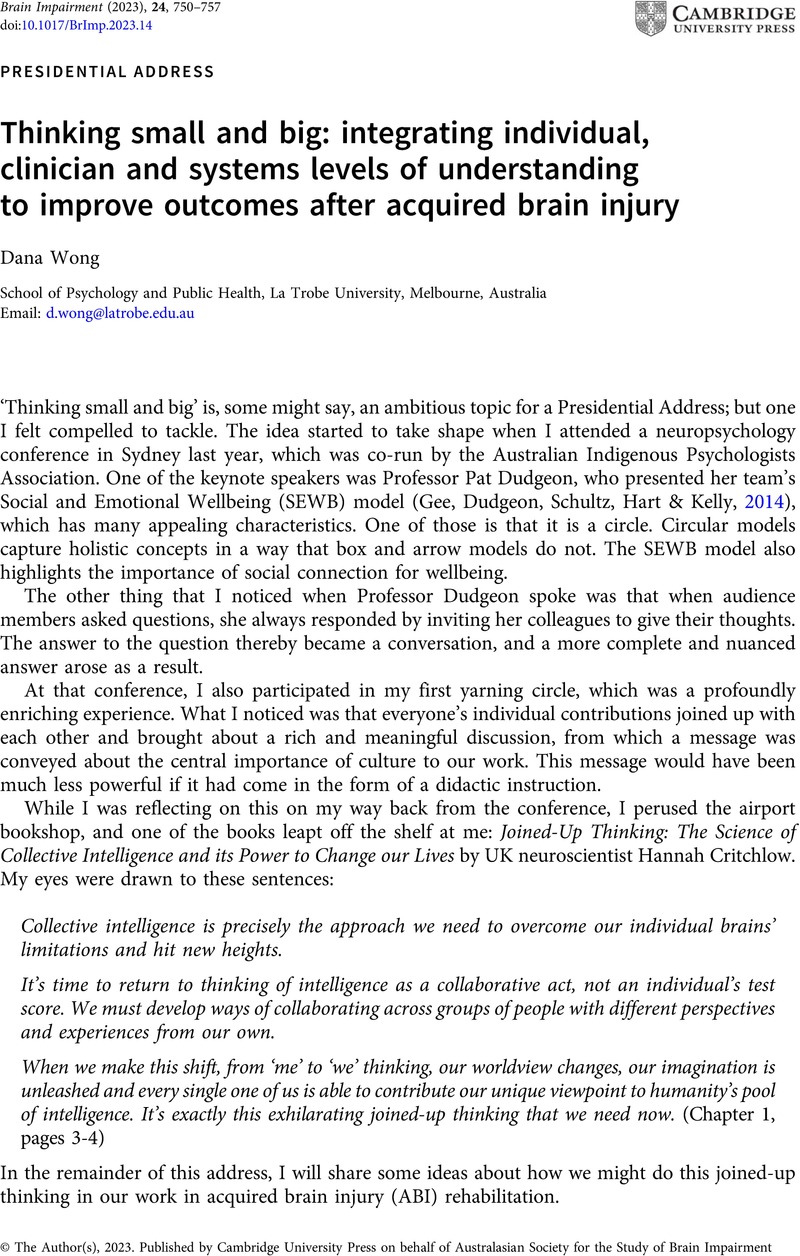Ponsford, J.,
Lee, N. K.,
Wong, D.,
McKay, A.,
Haines, K.,
Always, A.,
Downing, M.,
Furtado, C., &
O’Donnell, M. L. (
2016). Efficacy of motivational interviewing and cognitive behavioral therapy for anxiety and depression symptoms following traumatic brain injury. Psychological Medicine, 46(5),
1079–
1090.
CrossRefGoogle Scholar 